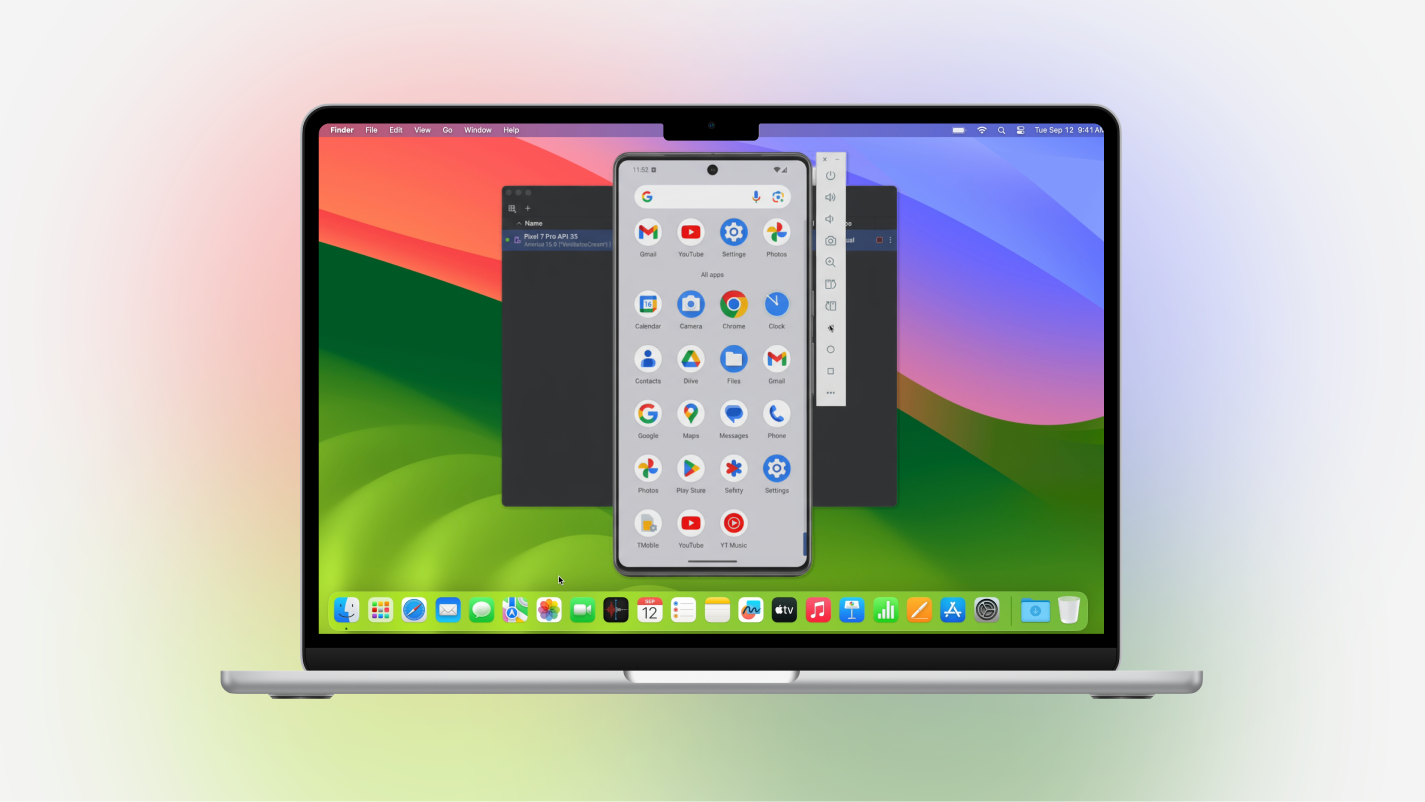Welcoming a new Quality Assurance (QA) professional to your team can be a pivotal moment in the lifecycle of your projects, particularly those with complex or specialized requirements. The integration of a QA into an ongoing project with established dynamics poses unique challenges, both for the individual and the team.
Reflecting on my personal experience when I was introduced to a technically complex project, I recognize the critical role of an efficient onboarding process. Despite the dedicated support from a project manager and a developer, I encountered gaps in understanding certain aspects of the project, such as the specifics of testing in a production environment that involved payment methods. This scenario highlighted a common oversight in many projects – the lack of comprehensive documentation and clear onboarding guidelines for QA roles.
To address this gap, I created a detailed onboarding document. This resource was not just a tool for my own acclimation but also a strategic asset for the team, ensuring that future QAs or temporary replacements could seamlessly integrate without the challenging task of piecing together fragmented information. This guide aims to share insights and strategies for companies to streamline their QA onboarding process, ensuring a smooth transition for new team members and enhanced efficiency for ongoing projects.
An effective onboarding document should serve as a central hub for all critical information a QA professional might need. The document should include the following information:
Useful links and resources
- Design and Technical Documentation
Links to essential files such as Figma designs and detailed documentation folders, typically hosted on platforms like Google Drive or Confluence. - Access to Environments
Direct access to different development environments, including staging and production. This ensures QAs can seamlessly transition between testing scenarios. - Project Management Tools
Links to project management and tracking tools such as Jira, which are vital for understanding the project's workflow and current status. - Login Credentials
Securely provide usernames and passwords necessary for accessing various project-related tools and platforms. Ensuring secure yet easy access to this information is key for a smooth start. - Automation Frameworks and Repositories
If the project involves automation, it's crucial to grant access to the relevant GitHub repositories. Additionally, provide clear information about the automation framework in use, whether it's a new system or an existing one. This clarity helps the QA to quickly understand the technical landscape of the project.
Remember, the goal of this section is not just to list resources but to provide an organized, easy-to-navigate repository of all necessary tools and information. This comprehensive approach minimizes the initial confusion and helps the QA professional to quickly become a productive and integrated member of the team.
General information about a project
This segment is designed for QA analysts to outline their engagement details and communication protocols within the project. It should cover:
- Time Allocation
Clarify the estimated hours or days dedicated to this project, providing a clear understanding of the QA's involvement and availability. - Deployment Schedule
Indicate whether there are specific times allocated for deployment activities, and specify if these are conducted on a regular basis or on an ad-hoc basis. - Team Syncs and Meetings
Detail any scheduled meetings or standups, including their purpose and frequency. This helps in aligning the QA’s participation with the team's regular sync-ups. - Access Requirements
Specify if the QA needs access to certain tools or platforms such as Hubspot, Stripe, or Shopify. This ensures they have all necessary permissions to perform their role effectively. - Communication Channels
List any Slack channels or other communication platforms the QA should be added to for seamless interaction with the team. - Stakeholder and Team Information
Provide information about key project stakeholders like the product stakeholder and product manager, including their roles, goals, and how they fit into the project. Also, include details about the team members, their specific roles, and any specializations, to help the QA understand the team structure and dynamics.
By including these details, the document will not only guide the QA through their initial integration but also establish clear expectations and channels for ongoing communication and collaboration within the team.
General information about the product
This section is provides a comprehensive overview of the product.
- Product Description
Start with a clear and concise description of the product, outlining what it is and its primary functions. - Goals and Objectives
Detail the main goals and purposes of the product. Explain what the product aims to achieve and how it intends to meet user needs or solve specific problems. - Usage and Application
Describe how the product is used. Include scenarios or contexts in which the product proves particularly beneficial, highlighting its practical applications.
This overview is pivotal in giving the QA analyst, as well as any new team member, a holistic understanding of the product. It ensures that everyone is aligned with the product’s vision and can see how their role contributes to the broader objectives of the project.
Testing Environment and Issue Tracking Protocols
This section is dedicated to outlining the specific testing environments and guidelines for issue tracking. Key elements to include are:
- Testing Environments
Clearly specify the environments in which testing should be conducted, such as web, mobile, or other platforms. This helps in setting clear expectations and ensures that testing covers all necessary areas. - Browser and Device Specifications
Detail the specific web browsers and their versions that need to be supported, as well as the types of devices or operating system versions that are relevant for testing. This ensures consistency and compatibility in testing across different user scenarios. - Production Testing Guidelines
If testing is conducted in the production environment, provide detailed instructions on the nature and scope of this testing. Explain what specific aspects need to be tested and any particular areas of focus. - Ticket Writing Tips
Offer guidance on how to effectively write and document issues or bugs. Include tips for creating clear, concise, and informative tickets. - Issue Tracking and Management
Clarify the process for adding issues to the project management system, whether they should be placed in the backlog or the current sprint. Also, provide a strategy for managing and prioritizing unresolved bugs.
By providing these details, you ensure that QA analysts have a clear understanding of the testing protocols and issue tracking procedures, leading to more efficient and effective testing processes within the project.
Project-Specific Considerations (Optional)
Sometimes, a project has special features that need extra explanation, especially about how testing is done, how the team communicates, and how they work together.
- Communication and Team Dynamics
If the project operates within a small team, for instance, direct one-on-one communication with developers might be a norm. Clarifying these customary practices can help new team members adjust to the team's communication style more comfortably. - Detailed Testing Scenarios
Highlight specific scenarios or processes that require more complex understanding for effective testing. For instance, in a project I worked on, it was crucial to know the detailed steps to manually trigger email reports or to use an API key to access certain statistics. Providing these details can significantly streamline the QA process. - Benefits of In-Depth Guidance
Documenting these particulars not only empowers the QA with a deeper understanding of their role but also eases the repetitive burden on developers or project managers of having to repeatedly explain these aspects. This section, therefore, serves as a valuable resource for enhancing team efficiency and knowledge sharing.
Incorporating this section into your onboarding document can significantly enhance the QA's ability to swiftly and effectively integrate into the project, especially in scenarios where specific knowledge and practices are key to successful project execution.
Key takeaways
A well-written QA onboarding document is essential in efficiently integrating new members into the team, significantly reducing time and confusion. While personal mentorship is ideal, it's not always available, making a detailed document invaluable. Open communication with project managers or developers is key to resolving any uncertainties. In Agile environments, remember that while thorough documentation is helpful, the priority is always on functional software. Ultimately, this approach not only benefits new QAs but also strengthens the entire team's efficiency and collaboration.






